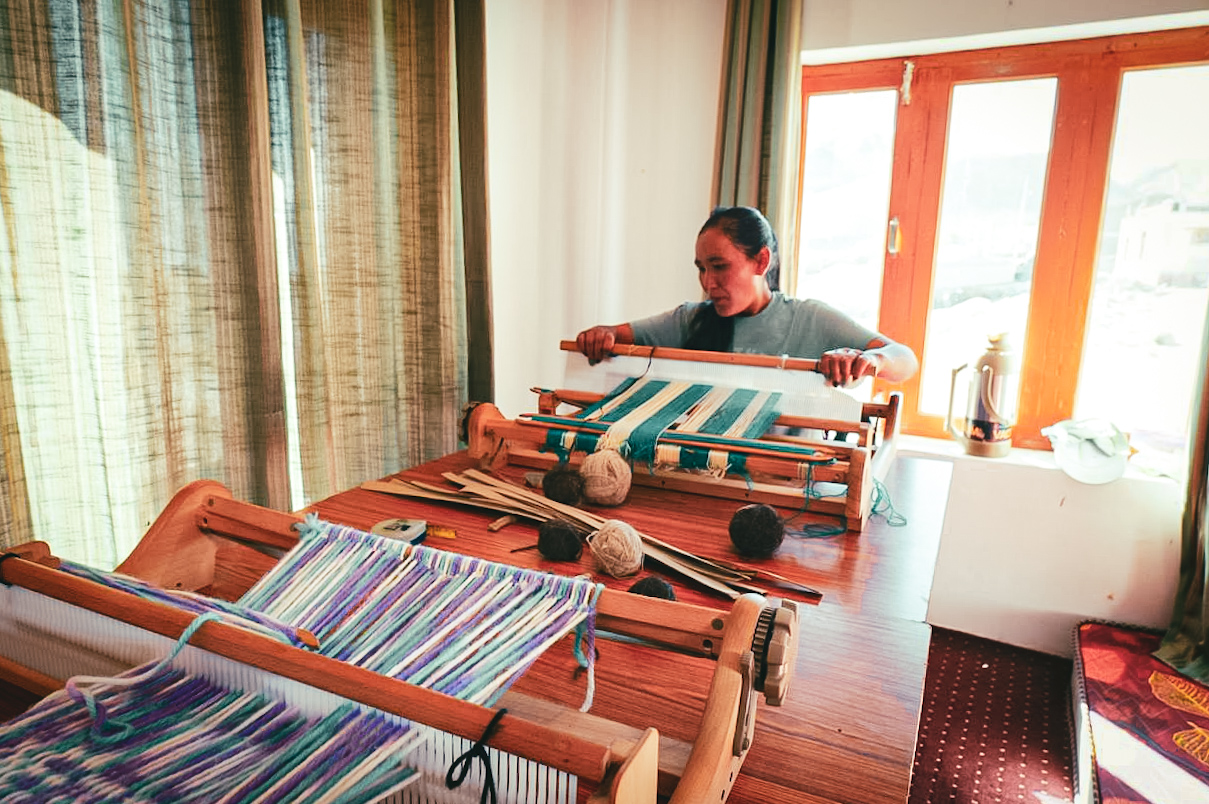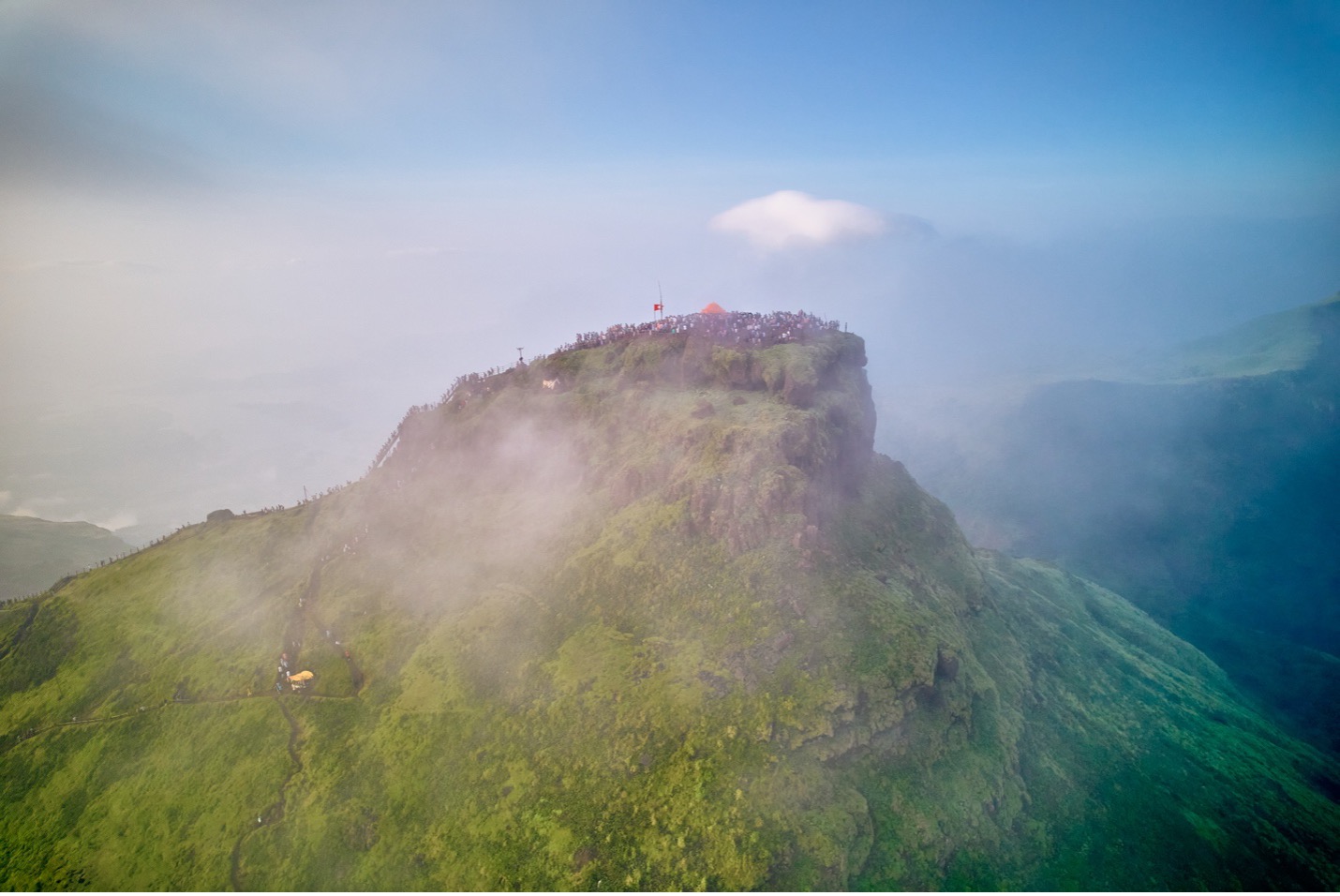Food Innovation Training in Garo Hills
GHE Nov 5, 2025
Village Chushul
Ladakh’s Last Post on the India–China Border

Chushul is a small border village in the Changthang region of Ladakh. It sits close to the Line of Actual Control and is known for its location, history and the people who have lived here for generations. Life in Chushul has always been connected to the land, the weather and the border. The village is also an important stop for travellers moving between Pangong Lake, Tsaga La and Tso Moriri.

Panoramic view of Chushul Village near the Indo-China border
Chushul has five mohallas with a population of a little over 800 people. Families here live in traditional houses, follow simple routines and depend on livestock and small-scale farming. The village has been through difficult events in the past, especially during the 1962 war but the people here continue to stay rooted to the place they call home.

A map showing the geographic landscape of the Changthang region
Many elders in the village still remember the morning of 18 November 1962. The sound of shelling from Rezang La, Gurung Hill and Spanggur Gap spread across the valley. Families took shelter and waited for the noise to stop. Those memories still stay with the older generation. Their stories help travellers understand the weight of the war and how it shaped the identity of the village.

A raw view of the Chushul landscape
Today, Chushul stands as an important point on the Pangong-Chushul-Tso Moriri route. The village has an all-weather road connection, which makes it accessible for travellers who want to explore the border region. From here, travellers can see important points near Pangong Lake and the vast stretches of the Changthang plateau.
Chushul also has the Rezang La War Memorial, built in the honour of the soldiers who fought the 1962 battle. The memorial explains the course of the war and the role of PVC Major Shaitan Singh and his company. The place gives visitors a quiet moment to understand the history of the land.
Honouring the brave at the Rezang La War Memorial
The region is home to Changpa families who depend on livestock such as yaks, sheep and goats. Their movements across the plateau show how people have adapted to life at high altitude. For travellers, this gives a chance to understand pastoral life and the effort that goes into herding in open landscapes.
Chushul has also been identified under the Vibrant Village Programme. The idea is to improve the basic facilities in border villages and reduce migration. Homestays have come up in the village, providing income to families and giving travellers a chance to stay with local hosts. Some of the homestays here include Rezang La Border Homestay, Gurung Homestay, Trishul Homestay and Black Top Homestay. This encourages responsible tourism and keeps the benefits within the community.

Stories of Rezang La, told by our host in the homestay’s gallery
For travellers, Chushul offers a mix of history, local life and steady experiences. People can visit the Rezang La War Memorial, interact with families and understand how the village has lived through both difficult events and quiet years. Those who want to stay in Chushul can choose any of the local homestays, where the hosts share stories from the 1962 war and their own memories of growing up in a borderland village.
At Rezang La Border Homestay, guests can live the moment by witnessing a picture gallery that speaks of the valour and tales of the war. The photo displays explain the events of 1962 in simple detail, making the experience more meaningful.

A local Pashmina herder from the region
A recent cultural moment has added even more attention to this history. On 21 November 2025, a movie dedicated to the life of PVC Major Shaitan Singh, titled 120 Bahadur, is being released. The role of PVC Major Shaitan Singh is played by Farhan Akhtar. The film brings the story of the 1962 battle to a wider audience and helps travellers understand the courage and sacrifice associated with the region.
Travellers can also explore different parts of the village, walk through the fields, meet local artisans, learn about livestock herding and understand how daily life continues at high altitude. Staying in Chushul gives visitors slow time with the people, the stories and the land that shaped the village.
Latest Blogs
Explore perspectives on the work we do and ways to make an even greater impact together.












0 Comments